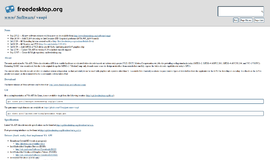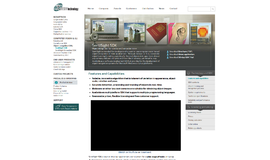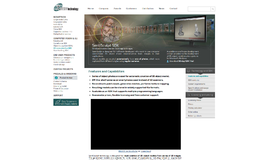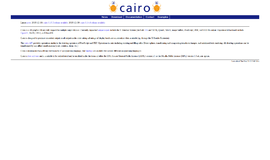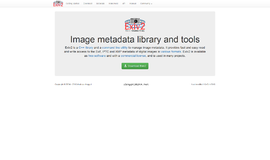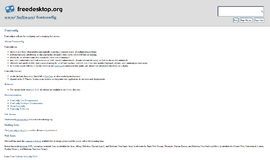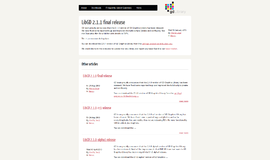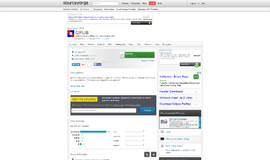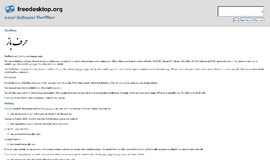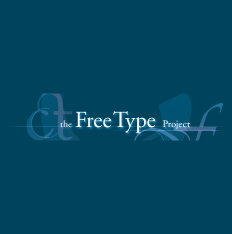
What is it all about?
FreeType is a software font engine that is designed to be small, efficient, highly customizable, and portable while capable of producing high-quality output (glyph images). It can be used in graphics libraries, display servers, font conversion tools, text image generation tools, and many other products as well.
Key Features
• FreeType provides a simple and easy-to-use API to access font content in a uniform way, independently of the file format. Additionally, some format-specific APIs can be used to access special data in the font file. • The design of FreeType is based on modules that can be either linked statically to the library at compile time, or loaded on demand at runtime. Modules are used to support specific font formats, or even new glyph image formats! • FreeType was written with embedded systems in mind. This means that it doesn't use static writable data (i.e., it can be run from ROM directly), and that client applications can provide their own memory manager and I/O stream implementation. The latter allows you to easily read from ROM-based, compressed or remote font files with the same API. Several stream implementations can be used concurrently with a single FreeType instance. You can also reduce the size of the FreeType code by only compiling the modules you need for your embedded project or environment. • By default, FreeType supports the following font formats. ◦TrueType fonts (TTF) and TrueType collections (TTC) ◦CFF fonts ◦WOFF fonts ◦OpenType fonts (OTF, both TrueType and CFF variants) and OpenType collections (OTC) ◦Type 1 fonts (PFA and PFB) ◦CID-keyed Type 1 fonts ◦SFNT-based bitmap fonts, including color Emoji ◦X11 PCF fonts ◦Windows FNT fonts ◦BDF fonts (including anti-aliased ones) ◦PFR fonts ◦Type 42 fonts (limited support) • From a given glyph outline, FreeType is capable of producing a high-quality monochrome bitmap, or anti-aliased pixmap, using 256 levels of ‘gray’. • FreeType supports all the character mappings defined by the TrueType and OpenType specifications. It is also capable of automatically synthetizing a Unicode charmap from Type 1 fonts, avoiding painful ‘encoding translation’ problems common with this format (of course, original encodings are also available if necessary). • The FreeType core API provides simple functions to access advanced information like glyph names or basic kerning data. • A full-featured and efficient TrueType bytecode interpreter, trying to match the results of the Windows bytecode engine. There is also the possibility to activate subpixel hinting (a.k.a. ClearType, still under development). •Due to its modular design, it is easy to enhance the library, providing additional format-specific information through optional APIs (an optional API is provided to retrieve SFNT tables from TrueType and OpenType fonts).
Resources
Resource Type |
Link |
|---|---|
| tutorial | http://nehe.gamedev.net/tutorial/freetype_fonts_in_opengl/24001/ |
| wikipedia | https://en.wikipedia.org/wiki/GD_Graphics_Library |
Compare Products
Select up to three two products to compare by clicking on the compare icon () of each product.
{{compareToolModel.Error}}



